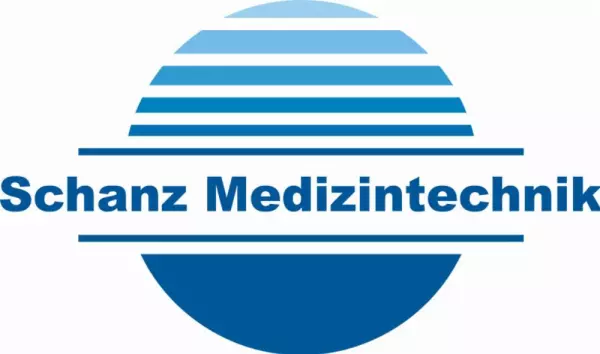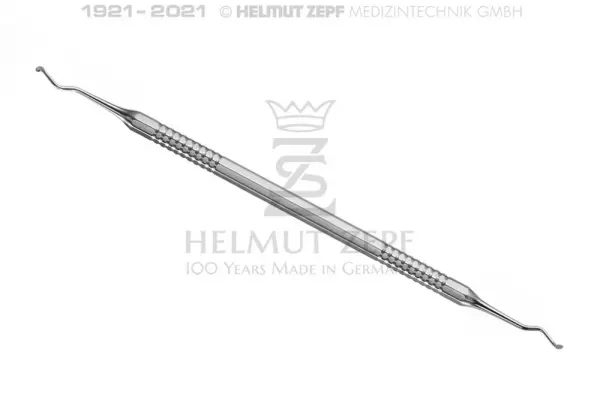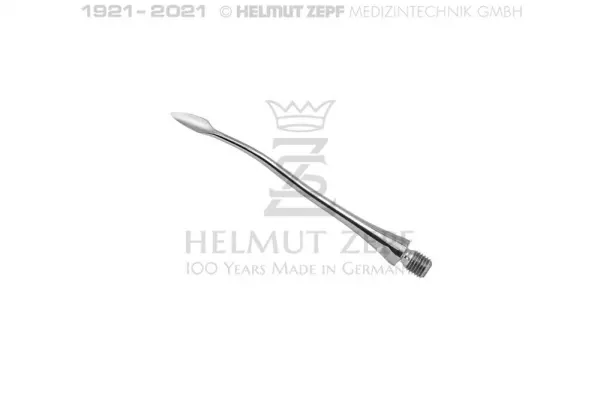
We offer a wide range of dental instruments, including: CAD/CAM milling technology endodonti...
Portal and digital medical technology fair of the largest MedTech cluster in Germany

Excavators - Dental Instruments for Conservative...
Excavators - Dental Instruments for Conservative Dentistry 24.708.25 EXCAV...

Periotomes / Desmotome - Dental Instruments...
Periotomes / Desmotome - Dental Instruments for Extraction 17.045.00 ROOT ELEVATOR/APPROXIMAL...

Surgical instruments for cranio-maxillofacial...
Maxillofacial surgery, including cranial surgery, encompasses a wide range which incorpora...

Rootsplint / Elevators - Dental Instruments...
Rootsplint / Elevators - Dental Instruments for Extraction 17.051.01 ROOT TIP ELEVAT...

When teeth need to be removed, dental extraction levers come in handy. The elevator is a class I lever. The elevator tip is placed between the root surface and the crest of the alveolar bone, and the longer the lever arm, the more force it can produce. However, the dentist must be able to place the tooth at a stable purchase point in order to apply the appropriate force. Significant caries may require sectioning or troughing the tooth.
The luxator is a special device that fits between the tooth and gum, and allows the dentist to grasp it easily. The elevator also works to break the tooth's ligament. An elevator can be used to remove a single tooth or a series of teeth. The luxator is an important piece of equipment, as it allows the dentist to insert the lever between the root and gum. A surgical deluxe model has a rotary mechanism that makes it easier to rotate a lever than a screwdriver.
Another type of elevator is an elevator-like device used to remove a single tooth. The dentist uses a small elevator to wedge the tooth within the socket. The elevator applies rotational and lever forces to lift the tooth. This requires a great deal of skill and experience, but it is important to develop a feel for the proper application of these forces. By using a drill and feeling the tooth, the surgeon can assess whether it is elevated enough to perform the extraction.
Unlike pliers, the levers are very effective at opening and closing the mouth. They are designed to make it easier to grasp and pull a tooth out than a pair of pliers. Furthermore, they have a bumper that can hold the teeth and provide stability while the dentist manipulates the teeth. The simplest class I lever is the Physics Forceps, which has a large opening on the side of the alveolar ridge, which makes it easy to manipulate with the fingers.
The beak and bumper of the dental extraction levers are essential for the patient's safety. They are very effective for removing a single tooth. The dentist can use a forceps to lift the tooth. The mechanics of the mechanism allow the dentist to move the jaw. They can also be used to remove multiple teeth. In some cases, the mechanics of a mechanically-powered machine are similar to the movement of a human's mouth.
The dentist uses a lever to lift a tooth with a local anesthetics. This allows the dentist to control the amount of pressure and prevent the patient from experiencing pain. A single tooth can be removed at a time and may be extracted several times in a single day. In some cases, it is possible to have a surgical procedure that is more complicated than a manual extraction. A lever is designed to move a single tooth.
Become a digital exhibitor yourself in the online portal of the largest and best-known MedTech cluster region in Germany and inform the world of medical technology about your products and services as well as about news, events and career opportunities.
With an attractive online profile, we will help you to present yourself professionally on our portal as well as on Google and on social media.